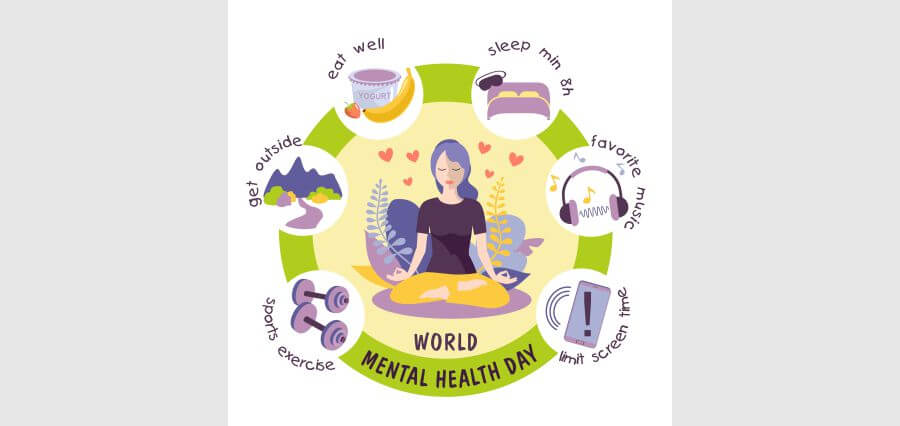Tools and Strategies for Success
The past few years have been transformative in the Applied Behavior Analysis (ABA) industry. Technology integration has also made a huge change in how therapists use their time with clients, especially those with autism spectrum disorders. The digital revolution allows for new opportunities for engagement, learning, and tracking the progress of individuals.
In this article, we will discuss how these tools and techniques can drive success in the ABA field.
The Tech Toolkit
The apps themselves are at the center of this revolutionary epoch for ABA. Interactive apps in fact have been a tool to educate behaviour. For example, for a toddler, with such an application, he can play and be conscious about not littering dirty clothes and toilet paper on the floor. This is how an app works: interesting as well as informative.
Another very exciting frontier in ABA therapy is that of Artificial Intelligence and Machine Learning. This technology does not replace human therapists but instead enhance the skills of these therapists. For example, AI-based robots are utilized to involve kids in interactive therapeutic activities. The outcome makes sure that kids lose no interest in their relevant activities and avails tremendous opportunities for social interactions otherwise hard to develop.
Augmented Reality (AR) and Virtual Reality (VR) are only a few of the technologies that are revolutionizing the boundaries of ABA therapy. Covering records with regard to real-world interactions is assisting kids to identify and process social cues with AR technology. VR is doing just that: creating safe-controlled environments in which children can exercise social abilities without the anxiety associated with real conditions.
Strategies for Success: Maximizing the Impact of Technology
Technology has true strength in personalization. The use of data from various digital equipment allows a therapist to put together marvelously individualized plans that tailor everything to a child’s specific wishes and mastering style.
Data-driven insights are changing how therapists monitor and decide. Digital structures now allow for real-time data series and assessment, whereby therapists can easily see trends and patterns. These speedy comments in a loop ensure that interventions can be adjusted as needed and therapy stays responsive and potent.
Video conferencing and other digital forms of communication have enabled ABA therapy for families staying in distant or underserved locations. Telehealth solutions have brought a real revolution in this space. Across the globe, this leap has broken geographical barriers while ascertaining best care for everyone wherever they be.
Overcoming Challenges: Strategic Implementation
While it’s very important to clarify our advantages through ABA therapy, it is also equally important to be aware of the challenges this digital integration brings. One of the major ones is related to data privacy that requires full-proof systems and protocols to maintain the privacy of sensitive information. An over-reliance on data can also dim the human element of therapy. To mitigate these risks, training therapists-in such detail that they can take full advantage of technology, yet not sacrificing the personal touch that ABA is all about-is essential.
The Future of ABA: The Harmonious Blend of Human Expertise and Digital Innovation
Looking forward, technology incorporation into ABA will no longer be considered a fad but the future per se. Possible potential exists in relation to AI-generated furthermore detailed evaluations of clients; VR development of even more natural situations that mimic the social norms of human existence; and wearable technology’s generation of even more nuanced behavioral insight.
Technology’s presence in ABA treatment is a huge step forward in the treatments of autism spectrum disorders. It will take about embracing those virtual equipment and methodology which will get much more powerful, customized, and handy interventions for therapists. As we keep moving ahead in our explorations and refinements, it can be argued that the final beneficiaries could be individuals with ASD and their households who may have access to much more powerful and tailored support than ever before.










